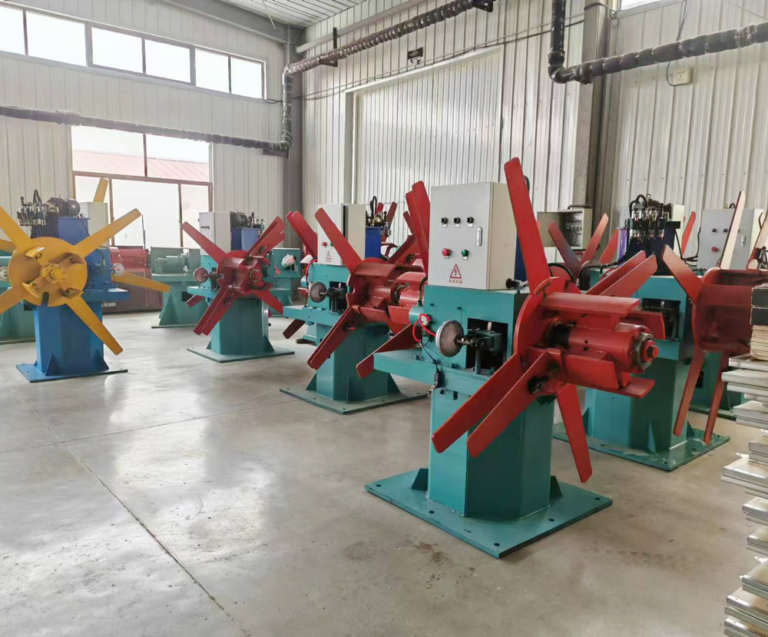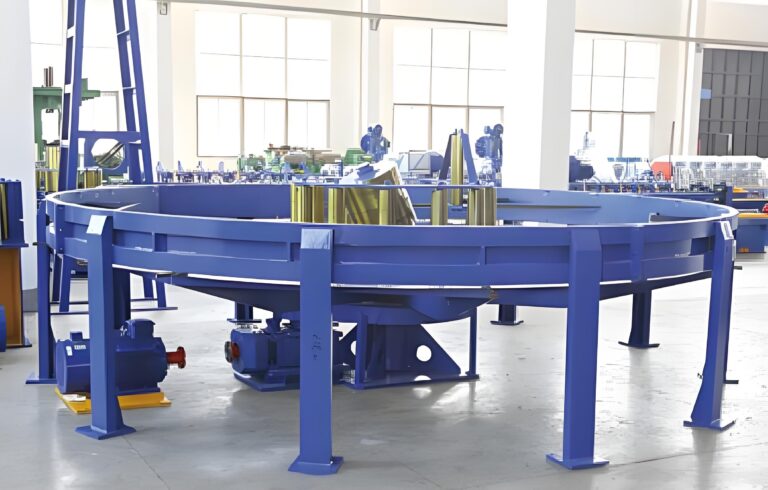
The Uncoiler: A Game-Changer in the Pipe Making Industry
The uncoiler is a vital piece of feeding equipment renowned for its high automation, accuracy in uncoiling, ease of use, broad application range, and enhanced safety features. Widely employed in the pipe-making industry, it significantly boosts production efficiency and quality, making it indispensable for metal feeding processes. Key Advantages of the Uncoiler The uncoiler stands out due to its remote-controlled automatic rotation, allowing one side to be used while the other can be pre-loaded to minimize standby time. This feature not only saves time and effort but also ensures convenience and speed. The entire control system operates via a wireless remote, making it remarkably user-friendly. Each detail is meticulously designed, including a rotating positioning pin that remains locked even after air is cut off, enhancing safety. Enhanced Safety Measures Safety is paramount with the uncoiler, incorporating various protective measures such as safety baffles and emergency stop buttons to safeguard operators. The hydraulic double-station uncoilers utilize air-enclosed disc brakes, offering excellent braking performance, strong power, and stability. The automatic rotation capability swiftly loads and prepares materials, efficiently handling the loading and unwinding of metal strips, thereby improving production efficiency and reducing labor costs. Essential Equipment for Welded Pipe Production Lines The uncoiler is crucial in welded pipe production lines and photovoltaic bracket production lines, ensuring the seamless unfolding of raw materials. By placing raw materials on the uncoiler, it optimizes space usage and integrates smoothly with the production unit. Over years of design practice, the structure of the uncoiler has been continuously refined, enhancing its overall performance and reliability. In summary, the uncoiler is an essential component in the pipe-making industry, offering unmatched automation, safety, and efficiency. Its advanced features and continuous improvements make it a cornerstone in modern production lines, driving productivity and quality to new heights.


